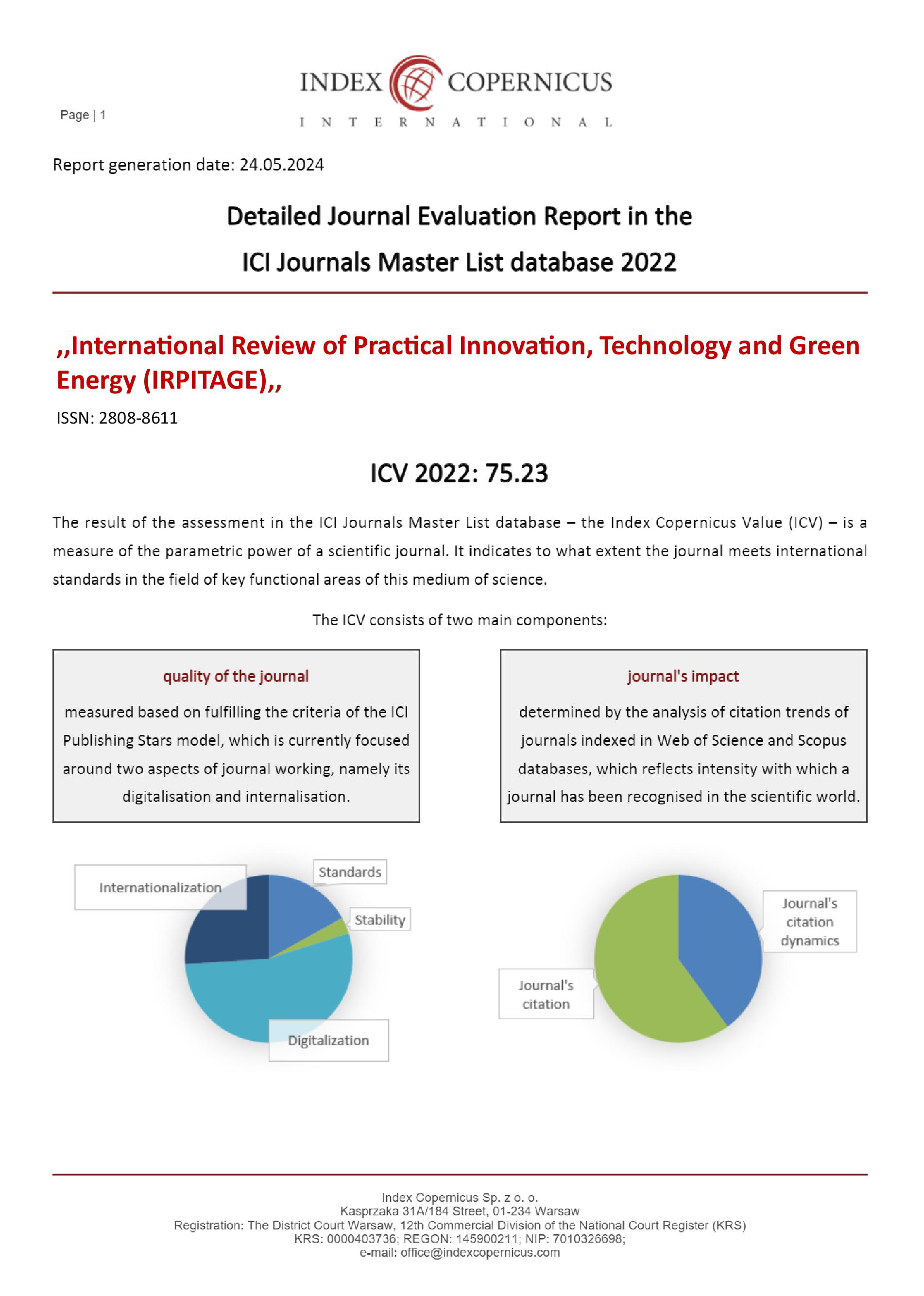"The Effects of Urbanization on Local Biodiversity and Ecosystem Services"
Main Article Content
Rifat Khursheed
Urbanization is a dominant force shaping ecological dynamics worldwide. As urban areas expand to accommodate growing populations and economic activities, natural landscapes are transformed, often at the cost of local biodiversity and the ecosystem services they support. This paper explores the multifaceted impacts of urbanization on biodiversity, focusing on habitat loss, fragmentation, pollution, and species displacement. It also evaluates the degradation of ecosystem services such as pollination, air and water purification, climate regulation, and cultural benefits. The study highlights case examples, proposes mitigation strategies including green urban planning and ecological restoration, and stresses the importance of balancing development with conservation for sustainable urban growth.
• BNHS (2020). Impact of Urban Development on Aarey Forest Biodiversity. Bombay Natural History Society.
• CMDA (2017). Wetland Inventory and Assessment Report: Chennai Metropolitan Area. Chennai Metropolitan Development Authority.
• CPCB (2018). Water Quality of Yamuna River – Assessment and Action Plan. Central Pollution Control Board.
• MoHUA (2019). India Urban Report 2030. Ministry of Housing and Urban Affairs, Government of India.
• Ramachandra, T. V., & Kumar, U. (2010). Wetlands of Greater Bangalore: Status and Threats. Environmental Information System (ENVIS), Indian Institute of Science, Bangalore.
• WII (2021). Urban Wildlife Management in Delhi NCR. Wildlife Institute of India.
• Aronson, M. F. J., et al. (2014). A global analysis of the impacts of urbanization on bird and plant diversity reveals key anthropogenic drivers. Proceedings of the Royal Society B: Biological Sciences, 281(1780).
• Chapin, F. S., et al. (2000). Consequences of changing biodiversity. Nature, 405(6783), 234–242.
• Elmqvist, T., et al. (2013). Urbanization, Biodiversity and Ecosystem Services: Challenges and Opportunities. Springer.
• Grimm, N. B., et al. (2008). Global change and the ecology of cities. Science, 319(5864), 756–760.
• Kremer, P., et al. (2016). Urban ecosystem services and land use change: A framework for assessing urban sustainability. Landscape Ecology, 31(2), 213–231.
• McKinney, M. L. (2002). Urbanization, biodiversity, and conservation. BioScience, 52(10), 883–890.
• McKinney, M. L. (2006). Urbanization as a major cause of biotic homogenization. Biological Conservation, 127(3), 247–260.
• Millennium Ecosystem Assessment (2005). Ecosystems and Human Well-being: Biodiversity Synthesis. World Resources Institute.
• Pickett, S. T. A., et al. (2011). Urban ecological systems: Scientific foundations and a decade of progress. Journal of Environmental Management, 92(3), 331–362.
• Seto, K. C., et al. (2012). Global forecasts of urban expansion to 2030 and direct impacts on biodiversity and carbon pools. Proceedings of the National Academy of Sciences, 109(40), 16083–16088
• Rama Mohan Rao, M., Reddy, B. S., & Ramachandraiah, C. (2015). Urban Water Bodies: Case Study of Hyderabad. Centre for Economic and Social Studies (CESS).
• Ramachandra, T. V., & Kumar, U. (2010). Wetlands of Greater Bangalore: Status and Threats. Environmental Information System (ENVIS), IISc Bangalore.
• CPCB (2018). Water Quality of Yamuna River – Assessment and Action Plan. Central Pollution Control Board.
• MoHUA (2019). India Urban Report 2030. Ministry of Housing and Urban Affairs, Government of India.
• BNHS (2020). Impact of Urban Development on Aarey Forest Biodiversity. Bombay Natural History Society.











